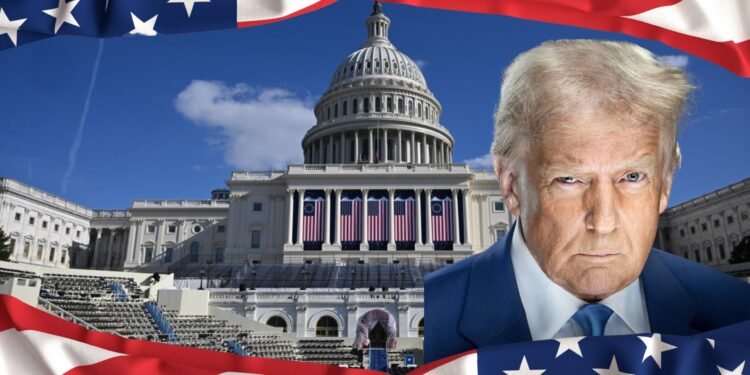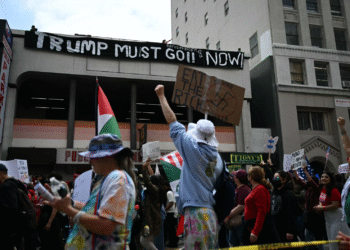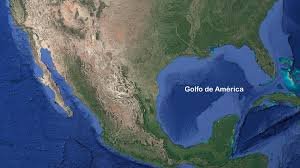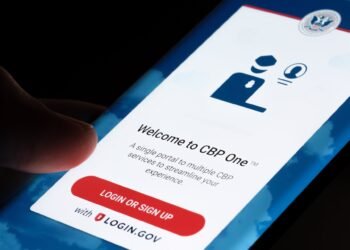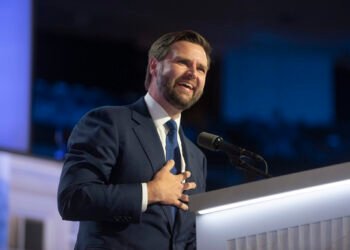On January 20, 2025, Donald Trump was officially sworn in as the 47th President of the United States, marking his return to the White House after serving as president from 2017 to 2021. The inauguration ceremony, usually held outdoors, took place inside the Capitol due to freezing temperatures in Washington, D.C.
In his inaugural speech, Trump declared January 20 as “the day of liberation” and promised the beginning of what he called “America’s golden era.” He immediately announced a series of measures, including the signing of executive orders in areas such as immigration, the economy, and energy.
Among the first major actions, Trump confirmed that he would declare a national emergency at the U.S.-Mexico border, send troops to stop illegal immigration, and militarize the border. He also pledged to designate drug cartels as foreign terrorist organizations. In a symbolic move, Trump revealed plans to rename the Gulf of Mexico as the “Gulf of America,” in an effort to assert U.S. sovereignty over the region. He also reiterated his intention to “recover” the Panama Canal, accusing the Panamanian government of favoring China at the expense of the United States.
The ceremony was attended by global leaders, including Argentine President Javier Milei, and tech moguls such as Elon Musk, Jeff Bezos, and Mark Zuckerberg. Following the inauguration, Trump and First Lady Melania attended a religious service at St. John’s Episcopal Church, joined by Vice President JD Vance and his family. The president and First Lady then met with outgoing President Joe Biden and First Lady Jill Biden at the White House for a brief, symbolic transition ceremony before traveling together to the Capitol for the swearing-in.
Trump indicated that on his first day in office, he would sign more than 100 executive orders addressing several key issues on his agenda, particularly immigration and economic policy.


